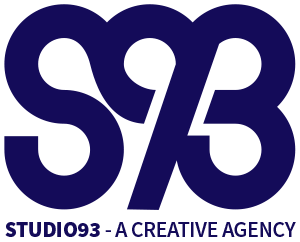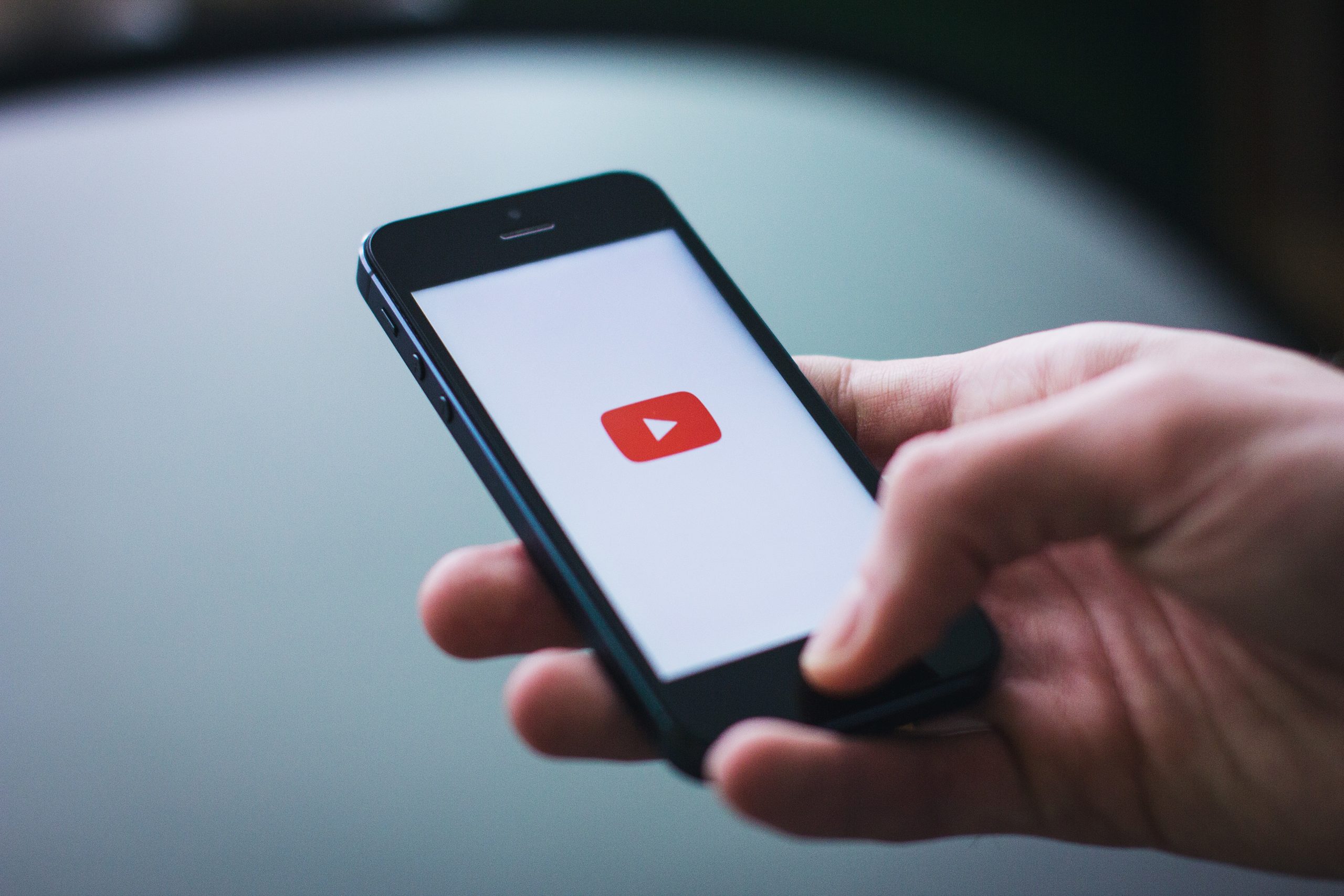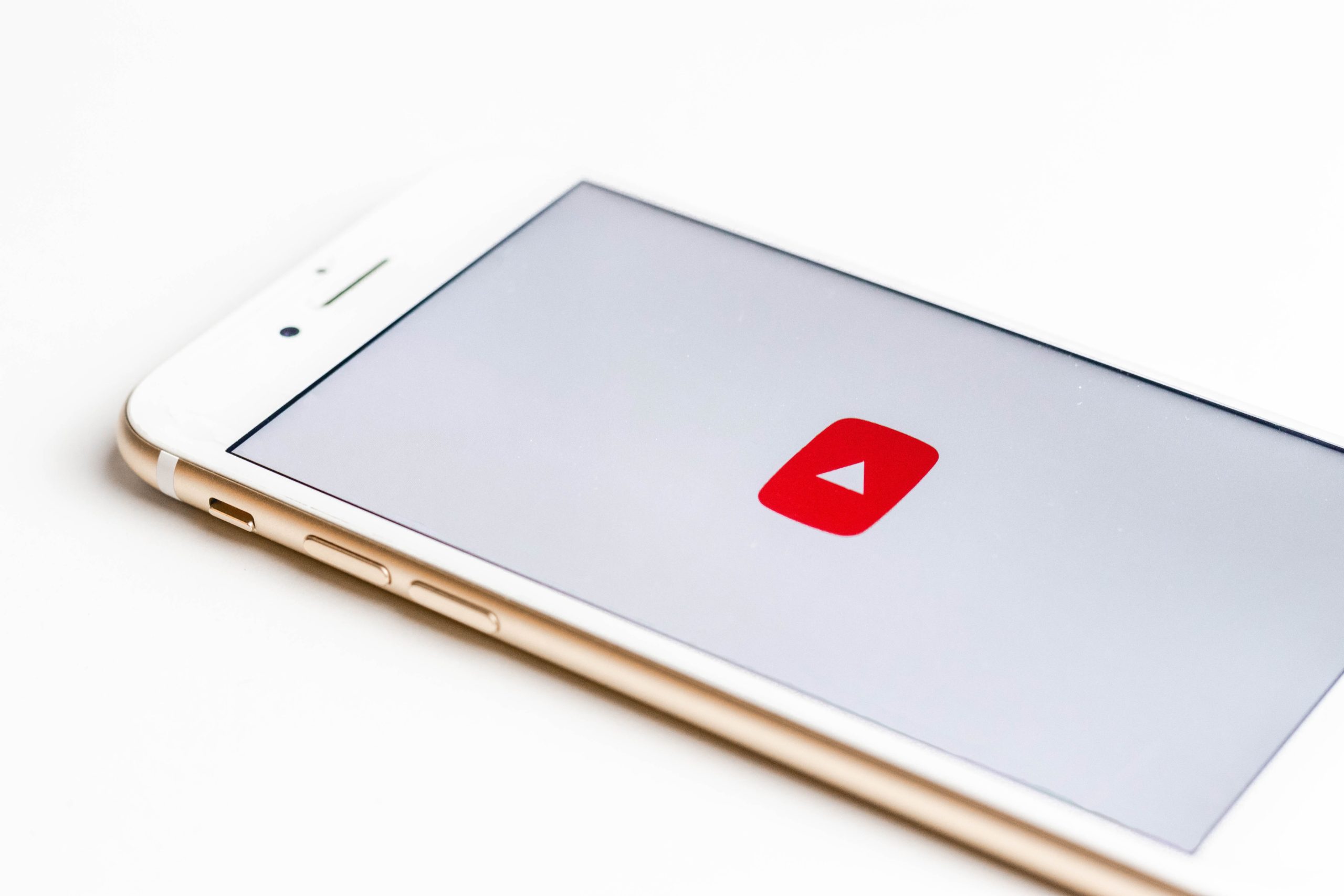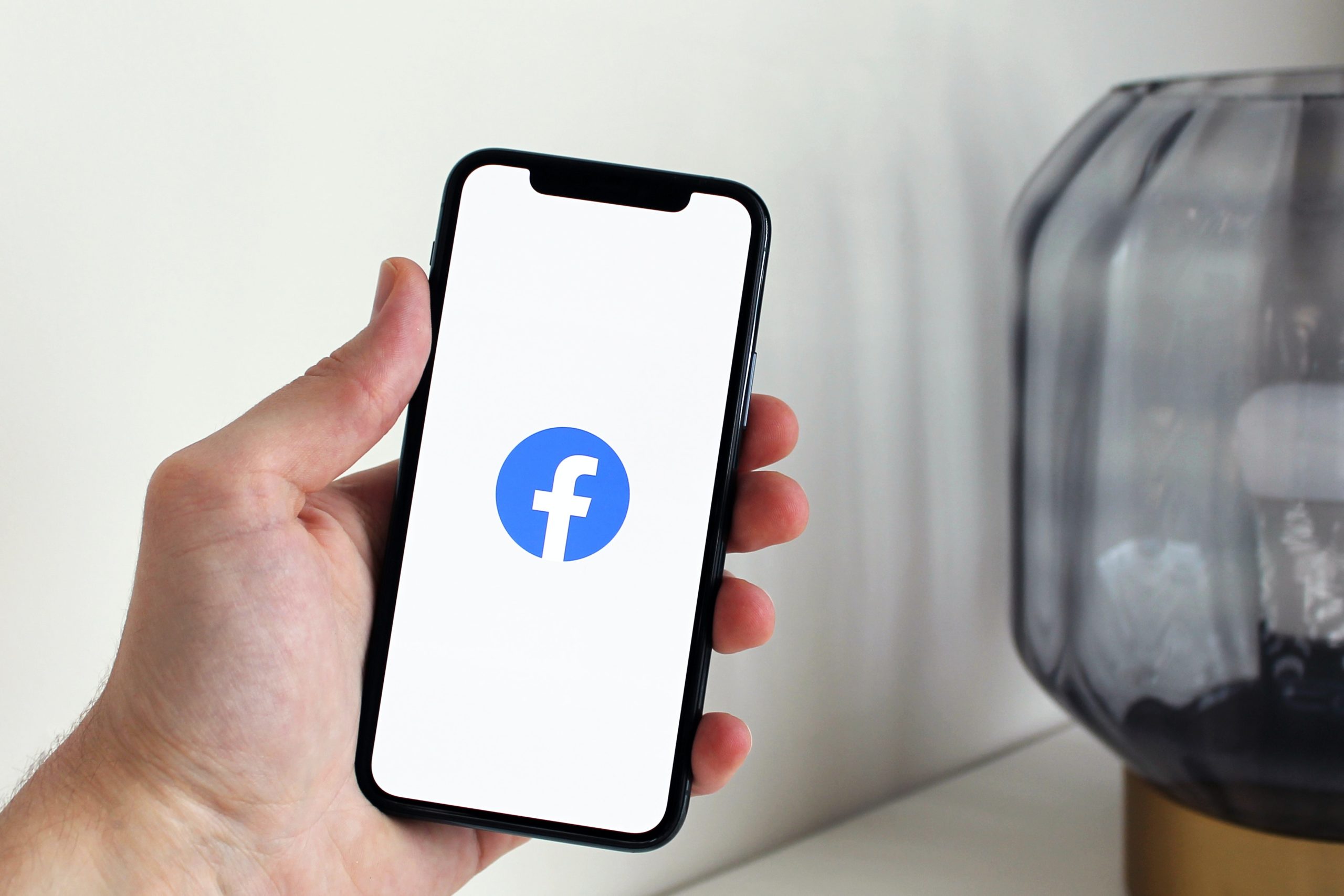Setting SMART social media goals is a great way to significantly improve your campaign and the likelihood that you will actually achieve what you set out to do.
They help you to be realistic about your goals and give you direction to follow. When setting social media campaign goals, it’s important to try follow the SMART goals framework.
SMART stands for specific, measurable, achievable, relevant and time bound. Let’s take a look at each step separately.
Specific
Your goals should be clear, simple and defined. Ask yourself what do you specifically want to achieve with this social media campaign?
If you’re stuck try using the 5 W’s: Who? What? Where? When? Why?
For example, instead of your goal simply being ‘increase brand awareness’ it could be:
increase brand awareness of restaurant among locals aged 18-34 to attract new customers.
Measurable
Include a metric to your social media goal, so that your goal is measurable and you can monitor your progress. Your social media campaign goals should be clear and well defined. This can also help you feel more motivated as you’re working towards a specific goal.
For example, the restaurant could set goals like increase engagement by 15% and have an average post reach of over 500.
Whether you want to drive traffic to your website, generate more leads, increase brand awareness, or achieve any other goals, you will need to match your goal up with a social media metric that you can measure. Use the table below to help you with this.
| Metric | Goal |
| Engagements | – Brand awareness – Loyalty – Audience growth |
| Reach & Impressions | – Brand awareness – Audience growth |
| Traffic | – Lead generation – Revenue – Conversions |
| Followers | – Audience growth – Brand awareness – Loyalty/customer relationship |
| Conversions | – Revenue – Lead generation – Customer growth |
Achievable
Ask yourself is this goal actually attainable? Do you have enough time to implement and monitor?
Relevant
Is your goal within reach, realistic, and relevant to your business?
For example, will increasing brand awareness of the restaurant result in more customers and more sales?
Time bound
Your goals need to have an attainable time frame.
For example, the restaurant could decide they want to achieve their goal within 3 months.
Let’s take a look at a real brand using the SMART framework to set business goals.
Ben & Jerry’s is a brand that has always been very open and passionate about fighting climate change, it’s one of their core values.
“Our Science Based Targets include:
- 100% renewable energy by 2025
- 40% greenhouse gas intensity reduction by 2025
- 80% greenhouse gas intensity reduction by 2050”
Here’s how Ben & Jerry’s goals align with the SMART framework:
Specific: The goals are clear, detailed, and specific. Rather than just saying their goal is to “Reduce their emissions” they have defined a pathway to doing it.
Measurable: They have identified clear measurable and quantifiable goals.
Attainable: In 2018, they had their climate targets approved by the Science Based Targets Initiative (SBTi), who helps companies set targets in line with the latest climate science.
Relevant: The goals all relate back to Ben & Jerry’s core values.
Timely: The goals have set deadlines of 2025 and 2050.
Using the SMART framework to set social media goals will help you run a more successful campaign. Remember to continue monitoring the progress of your goals. This will help you understand what’s working and what’s not, allowing you to adjust or repeat accordingly.








